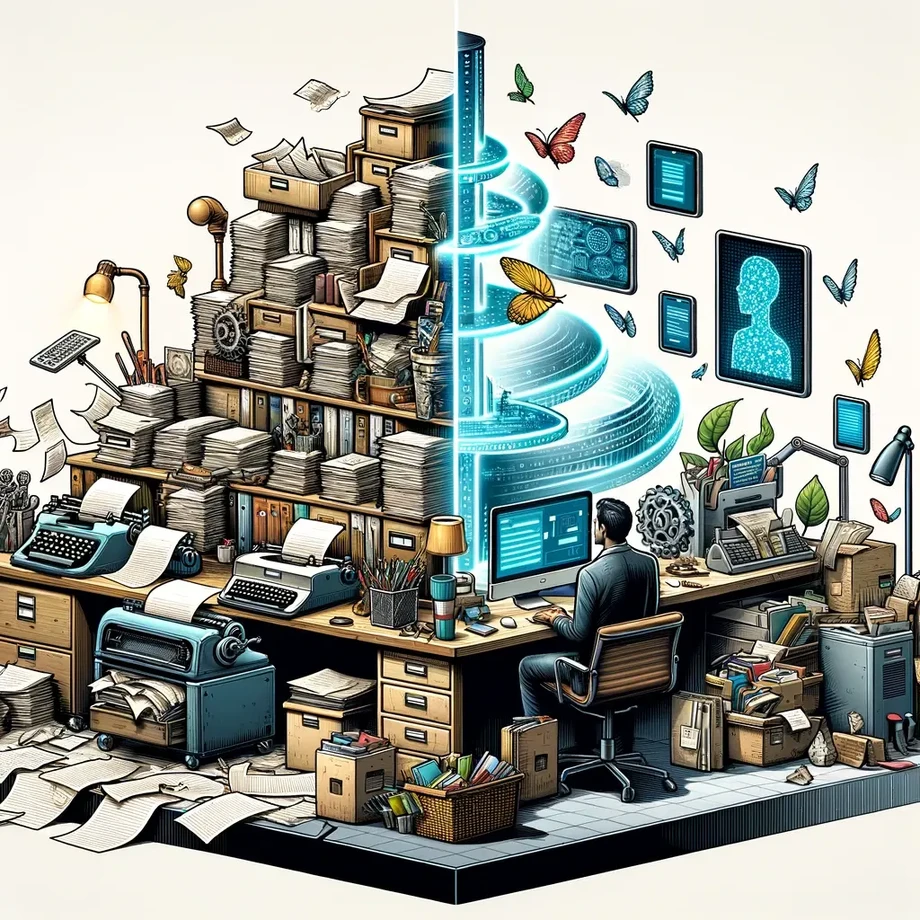In the digital era, chatbots have become the unsung heroes of customer service, e-commerce, and even personal help, since immediate contact is not only desired but expected. The progression from their modest origins to their current status as AI-driven conversational beings is evidence of the unwavering quest for technological progress. This progression not only reflects the development of artificial intelligence, but it also points to a time when interacting with computers will be as natural as chatting with a friend. Let's take a fascinating tour through the development of chatbots, from simple scripts to intelligent artificial intelligence.
First Days: Pre-written Reactions
The earliest chatbots were created in the 1960s, and ELIZA was among the first to match user input to pre-written responses in order to simulate human interaction. The basic, rule-based mechanisms that drove these early chatbots were represented by an if-else flowchart. Although groundbreaking at the time, these chatbots were constrained by their incapacity to comprehend context or respond to spontaneous inquiries, which frequently resulted in robotic and occasionally absurd discussions.
The Development of Artificial Intelligence
The capabilities of chatbots increased along with technological advancements. A big change came with the advent of machine-learning algorithms. Chatbots were no longer limited to prewritten scripts; instead, they were able to learn from interactions and gradually improve their responses. Chatbots were able to remember past interactions, comprehend context, and even perform simple decision-making tasks thanks to their capacity to learn from data inputs.
The Future: Not Just Talks
There is no end to the possibilities that chatbots present. Chatbots have the potential to evolve into more than merely conversational agents, thanks to advances in AI. They are developing into sophisticated personal assistants that can handle transactions, organize calendars, and even offer emotional support. The goal of current AI research is to close the gap between human and computer interaction by improving chatbots' empathy and contextual awareness.
In conclusion, an innovative journey
The history of chatbots, from simple scripts to AI geniuses, is characterized by innovation, difficulties, and a never-ending quest for improvement. Chatbots have the potential to completely change how we interact with technology as they develop, making it more smooth, effective, and—most importantly—human-like. Chatbots are a shining example of advancement in the large field of digital transformation, always pushing the limits of artificial intelligence.
This exploration of the development of chatbots not only demonstrates the amazing technological advancements but also provides a look into a future in which our virtual friends will play an equally important role in our lives as our relationships with our loved ones.

